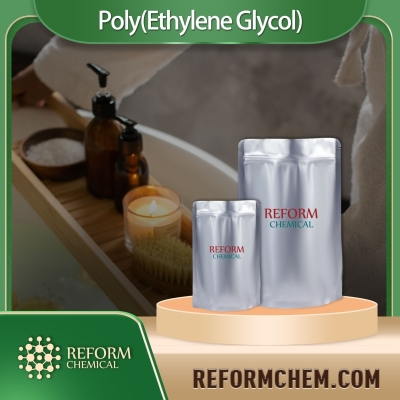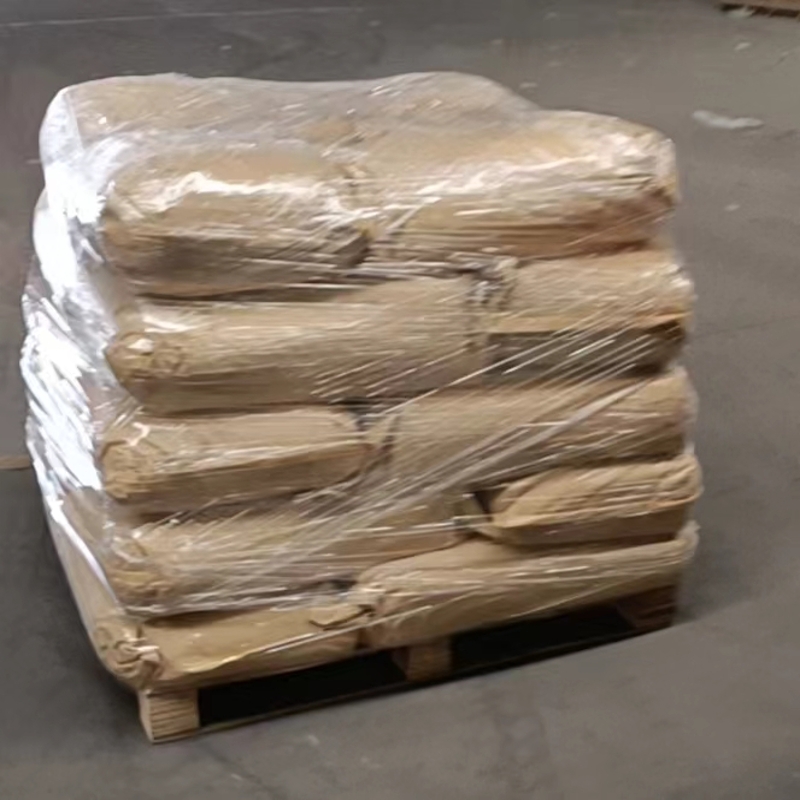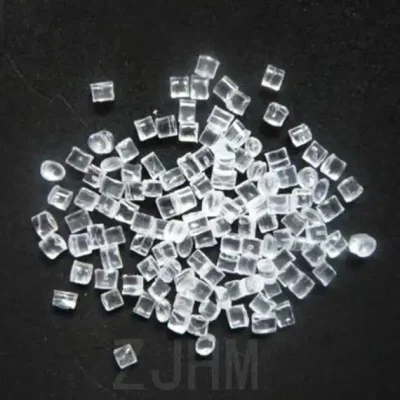-
Categories
-
Pharmaceutical Intermediates
-
Active Pharmaceutical Ingredients
-
Food Additives
- Industrial Coatings
- Agrochemicals
- Dyes and Pigments
- Surfactant
- Flavors and Fragrances
- Chemical Reagents
- Catalyst and Auxiliary
- Natural Products
- Inorganic Chemistry
-
Organic Chemistry
-
Biochemical Engineering
- Analytical Chemistry
-
Cosmetic Ingredient
- Water Treatment Chemical
-
Pharmaceutical Intermediates
Promotion
ECHEMI Mall
Wholesale
Weekly Price
Exhibition
News
-
Trade Service
5 Principles of use
1 After accurate clinical and laboratory diagnosis, it is allowed to use this type of drugs under the guidance of technicians or according to the product instructions to timely treat the corresponding bacterial diseases of aquaculture animal.
2 This class of drugs used must come from a manufacturer with a veterinary drug production license and product approval number; or a supplier with an import veterinary drug licens.
3 The labels of this class of drugs used must comply with the provisions of the "Veterinary Drug Administration Regulations", and pay attention to the use method and dosage, treatment time, course of treatment, production unit, batch number and expiration dat.
4 When using, the usage and dosage should be adjusted appropriately within the scope specified in this standard according to factors such as species, individual differences, water quality, climate, and illnes.
5 Do not use this type of drug in a way of pouring the whole poo.
6 This type of drug should not be used when the water temperature is lower than 9°.
7 The withdrawal period shall comply with the provisions of Chapter 8 of this standar.
8 The aquaculture medication record form should be filled out in time after use, and kept for more than 2 years after all the batch of aquatic products are sol.
6Usage and dosage
1 Oral feeding method
Oxytetracycline: 50 mg ~ 80 mg (titer) per day for 1 kg body weight, continuously fed for 5 d ~ 10 d;
oxytetracyclineTetracycline: 75 mg ~ 100 mg (titer) per day for 1 kg body weight, continuously fed for 5 d ~ 10 d;
Chloromycin: 10 mg to 20 mg (titer) per day for 1 kg body weight, continuously fed for 3 to 5 day.
2 Medicated bath method
Oxytetracycline: concentration 25 mg/L~50 mg/L, soak for 20 min~30 min;
Chloromycin: Concentration 10 mg/L~20 mg/L, soak for 30 min~60 mi.
7 Notes
1 It must be stored in the dark; contact with alkaline substances such as sodium bicarbonate should be avoide.
Sodium Bicarbonate Sodium Bicarbonate
2 It should not be used at the same time with penicillin, cephalosporin and streptomyci.
penicillin penicillin
3 When used as bait, do not mix with medicines containing calcium, magnesium, aluminum, iron, and xuan and feeds with high calcium content; when soaking, avoid using it in seawater, so as not to affect the curative effec.
4 When using this type of drugs to prevent and treat bacterial diseases, under normal circumstances, external disinfectants should be used to disinfect water bodie.
5 When feeding orally, the calculation of the fish weight shall be based on the total weight of all aquatic animals consuming the bait in the whole pon.
6 The duration of continuous use should be determined according to the severity and severity of the condition, and the course of treatment should generally not exceed 5d~10.
7 If the use of this type of drugs for more than 5 days has no obvious effect, other types of antibacterial drugs should be considere.
8 Withdrawal period
The withdrawal period of oxytetracycline: not less than 30 days for eels, not less than 21 days for catfish, not less than 25 days for shrimp, not less than 30 days for perciformes and herring, and not less than 40 days for flounder.
.
The withdrawal period of tetracycline and chlortetracycline shall be implemented with reference to the withdrawal period of oxytetracyclin.







